“Gijon ! Gijon ! The sea poured in your hardwire infinite poetry…go now my song to you, with sweet accent, while I hear lullabies of the sovereign sea“.
~ Rosario de Acuña

When I think of home in Spain, I think of Gijón, the gritty, inconspicuous city that lies in the country’s far north on the Bay of Biscay. Once upon a time I dreamt of mouth-watering Andalucían tapas, fiery flamenco and brazen bullfighting, along with a host of other adjectives associated with this popular conception of Spain. However it’s Gijón, the worker’s town at the edge of the sea where I feel most at home.

Gijón is situated in Asturias, arguably the least-known of Spain’s provinces that’s so at odds with the country’s south. It’s home to frequent rain, hills blanketed with grass and flowers, a striking karst mountain range and a Celtic culture complete with bagpipes, cider and foggy folklore.
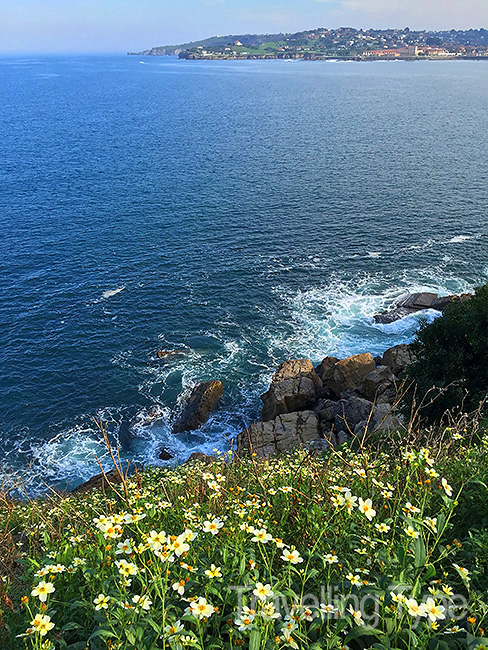
The capital of this outrageously excellent region is Oviedo, which tends to overshadow Gijón as it’s prettier – at least on the surface – and openly adored by Woody Allen. However Gijón is like the girl next door in the hood – unassuming, pretty upon second glance and with a bit more substance.
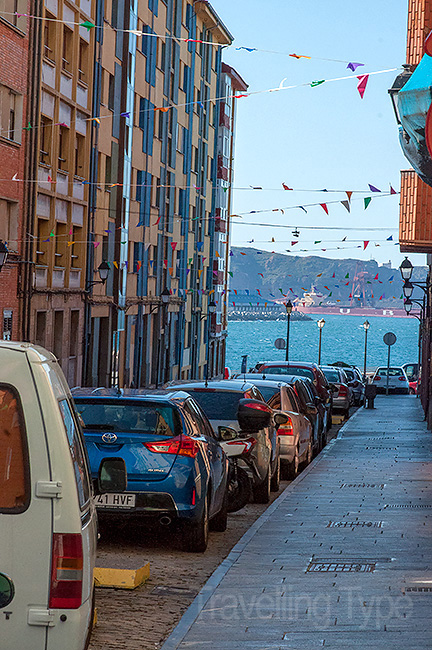
First Impressions
When I first got off the train, I thought Gijón looked like shit. The buildings are newish and drab, as most were bombed during the Spanish Civil War. Leading out from the train station, the place feels like a wasteland, where only the austere, important buildings such as hospitals and administrative centres remain and any needless pleasures, like aesthetics, have been dispensed with.

Things improve as you walk into town and the industrial, working class vibe of Gijón feels down to earth and refreshing. Gardens spring out in various places and cafes are interesting and numerous. There’s also quite a few old buildings which, coupled with the new, give the city an eclectic feel. To me Gijón is part of the real Spain behind the magazines. There’s not a whole lot of tourists about.


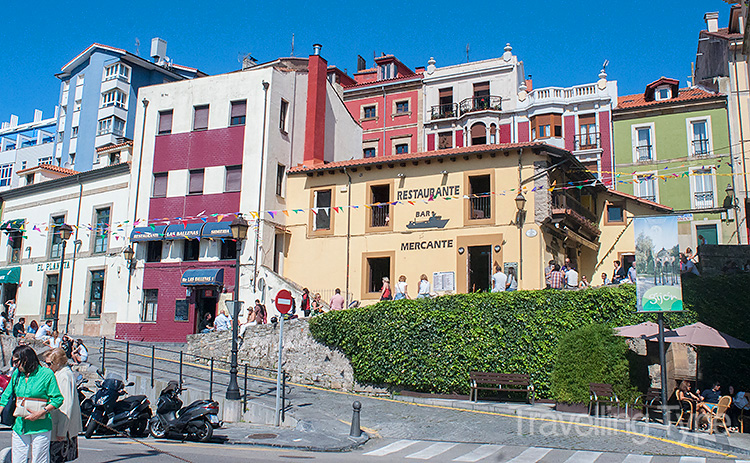
Continue to the heart of the historic area, around Cimadevilla, and Gijón is charming. This is where I lived, in a narrow laneway flanked with alfresco bars – also a regular scene for night soccer – which leads to a colourful plaza and then, right to the sea.

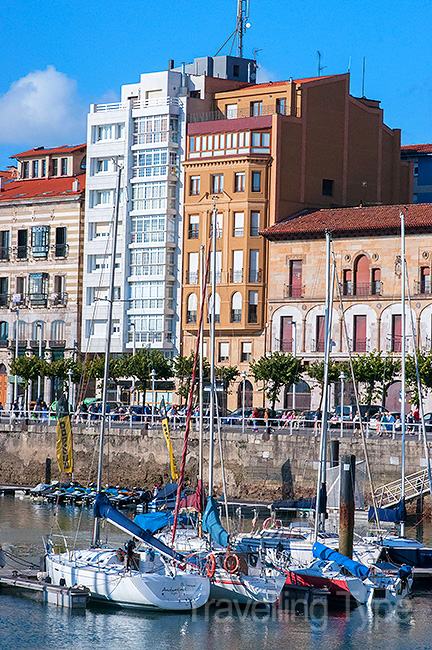

A Few Things I like in Gijón, Spain
The sea. Unlike the murky, tainted sea off the coast of Cadíz in Spain’s south, the Bay of Biscay is often translucent and is comparatively uncrowded. Playa de San Lorenzo (San Lorenzo beach) is also a superb place to take a stroll during low tide, as it’s atmospheric and skirts the centre of town. In fact, the sea is arguably the star of Gijón.
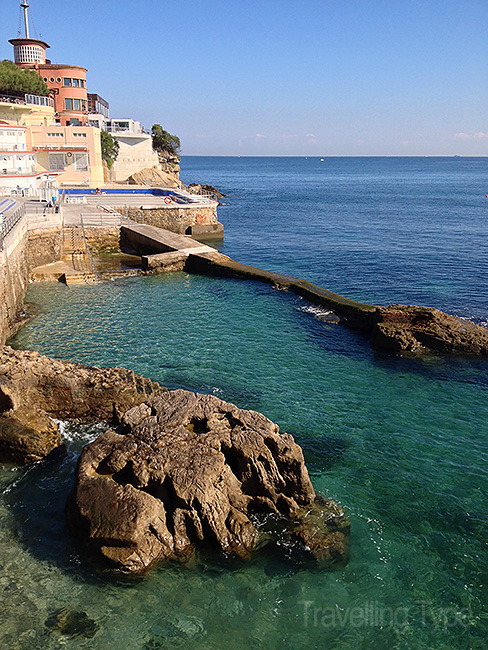


At night the lights of the 15th-century church of San Pedro shimmer across the bay and angry waves hurl themselves into the seawall. There’s also a marvellous walk that follows the coast, starting in the centre, that runs for miles. The path rises and falls along the coastline far into the distance.

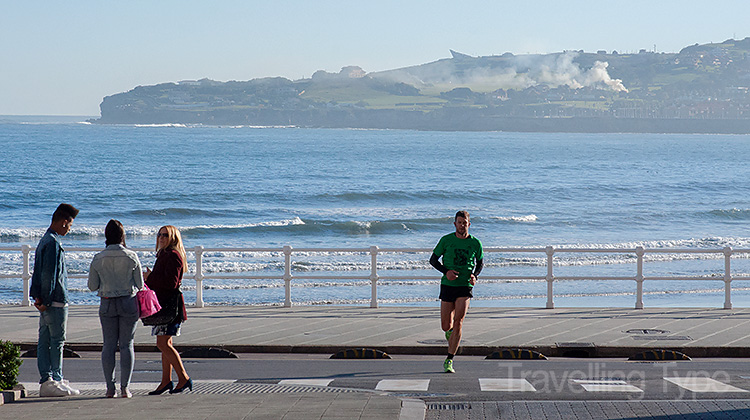

Along this path there’s a few interesting sights. One is ‘La Madre del Emigrante’ (mother of the emigrant), a sculpture created in 1970 by Ramon Muriedas, which depicts the suffering of an Asturian mother as her children depart for a better life. A little further is the house of Rosario de Acuña, a 19th-century Spanish writer once regarded as a radical, free-thinker who was the first woman playwright to have a theatre closed down. From here, you could keep walking for miles, or….
Some Statues & Sculptures

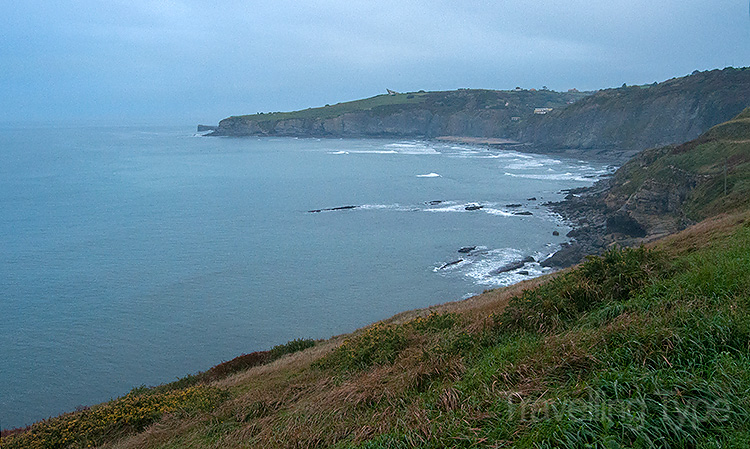
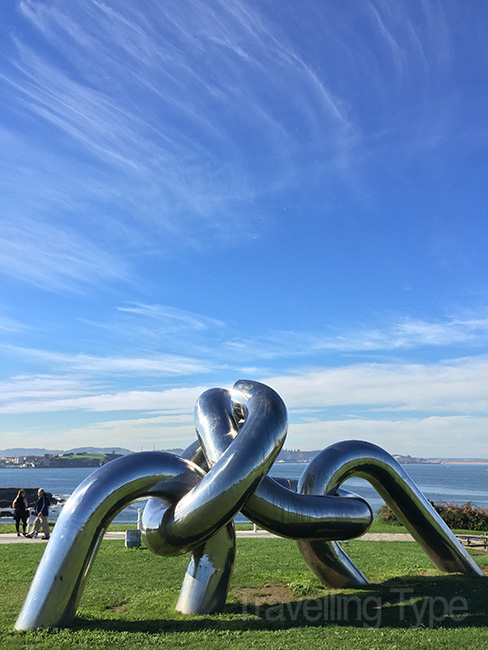
Back in the the town’s old district lies the handsome Plaza de Marques. Here you’ll encounter the Palace of Revillagigedo, which once belonged to the Marquis of San Esteban and is now an important cultural centre. Next to this is the statue of Don Pelayo, who is revered in Spain for leading the victorious battle against the Moors in 722. This is a nice spot to linger at sunset and watch light and shadow play on buildings in front of moored yachts.
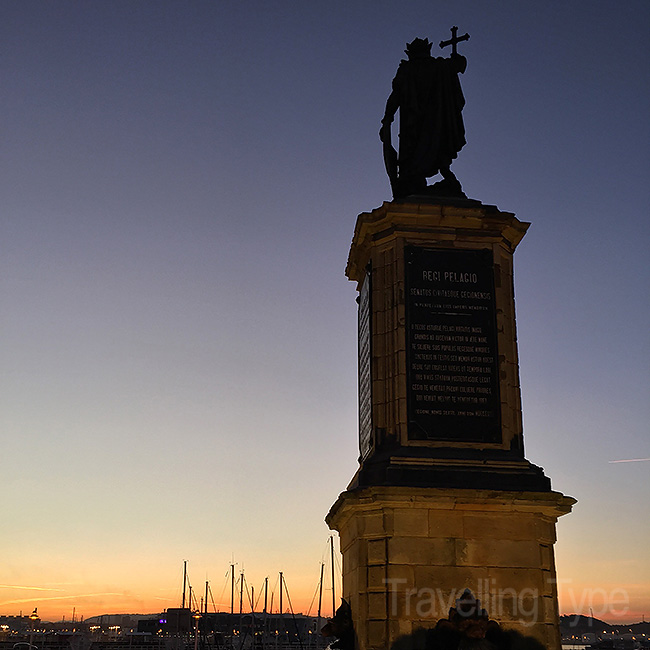
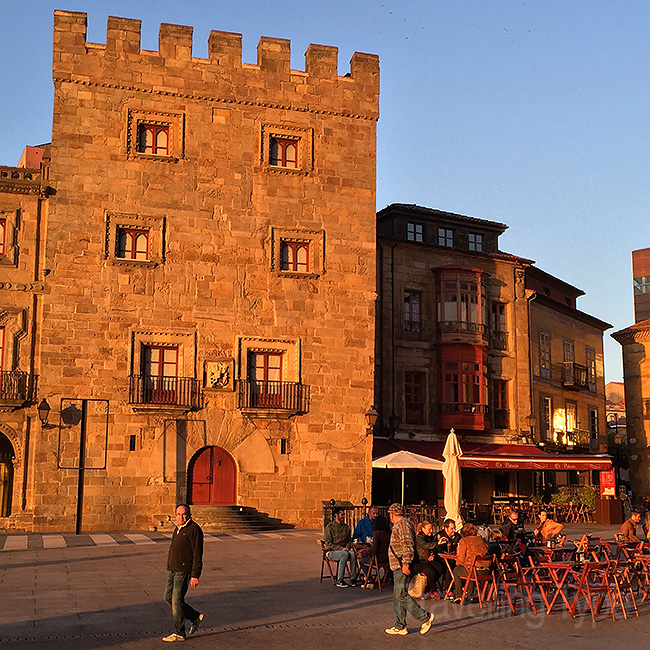

The Cimadevilla District
Probably the prettiest part of Gijón is Cimadevilla, an historic area with cobblestone streets, hidden plazas and an atmospheric, laze-worthy hill – Santa Catalina. Visit the sidreria (cider house) La Galana in the alluring Plaza Mayor, which I frequented often. Stroll around here and sip a coffee in the sunshine, or as is often the case, the rain.
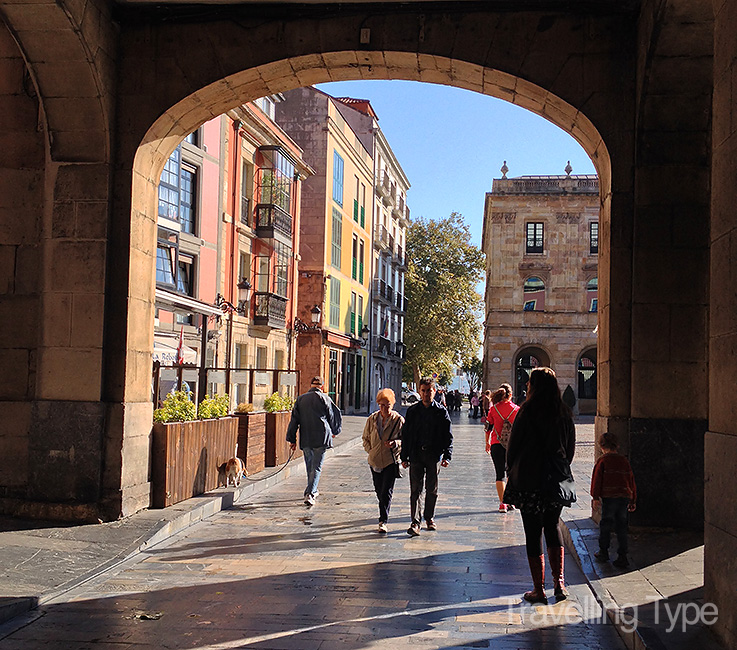
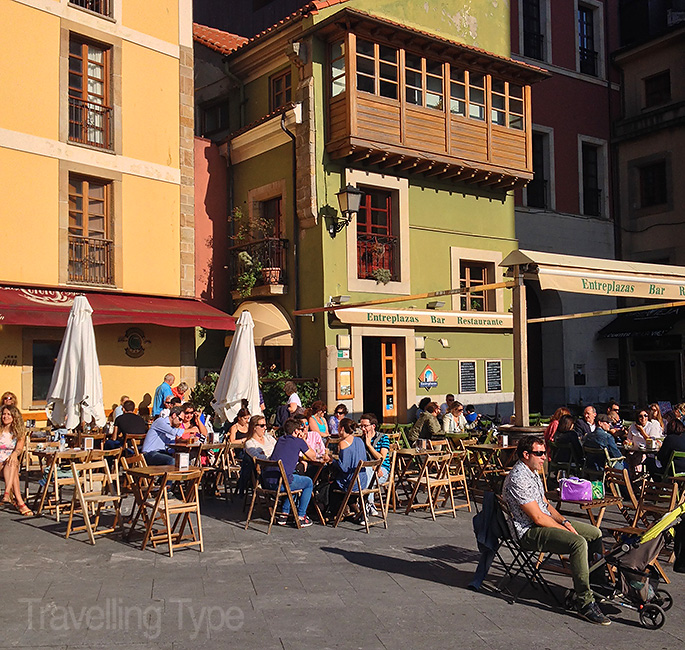
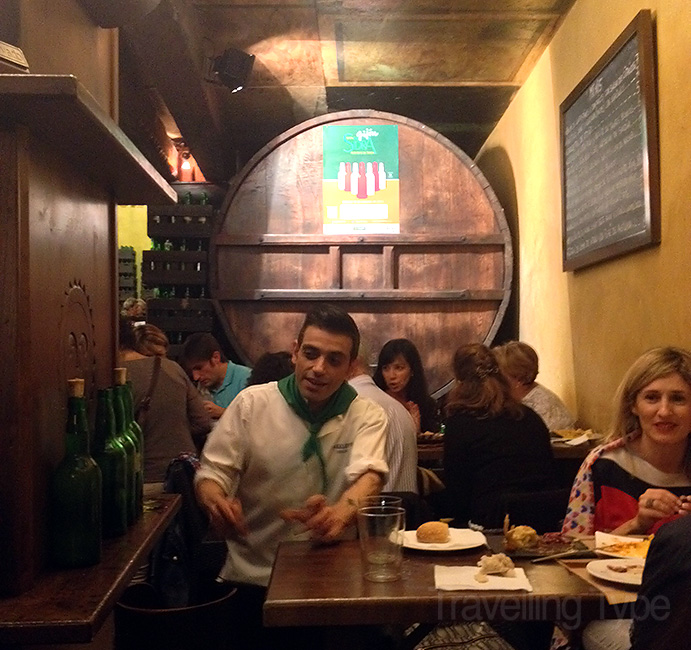
Continue to the edge of the sea to the Termas Romanas De Campo Valdés, or Roman Baths. Built at the end of the 1st-century, these ruins are considered the most important in northern Spain. I must say though, the remains are scant and I had a time of it imagining this subterranean cave was once the scene of splendid relaxation. The 2.50 Euro entry fee is worth it to stoop beneath low ceilings in the vaulted gloom, only just.

Step outside, round the corner and continue to the hilltop to Gijon’s emblematic sculpture Elogio del Horizonte (Eulogy to the Horizon). Built by Eduardo Chillida, the sculpture amplifies the sound of the sea if you stand in its centre. This whole area is worth a couple of hours as the views over the coastline, which stretch to nearby Candás, are splendid and the kelly-green grass virtually commands you to lay down (again, when it’s not raining).



From what I saw, Gijón is a very seasonal place, exploding with life in summer and hibernating in winter, when the rain and the cool and the quiet comes. As I was teaching English in Gijón, I spent many of my days darting to and from work, reading in cafes and escaping for a (not so odd) nighttime beer. I few of my favourite indoor places in Gijón are:

La Bocana – far and away the café I frequented most often, as it was half a block from my house. The people are friendly, the service excellent, there’s free Wi-Fi and you can hide away comfortably in the corner.
Cafe Dindurra – located next door to the Jovellanos Theatre, the cafe feels like an old picture theatre with lofty ceilings and swish art deco columns. It’s a stylish place to sit and get some space with a coffee and a meal. Their Asian food is a little hit and miss though.
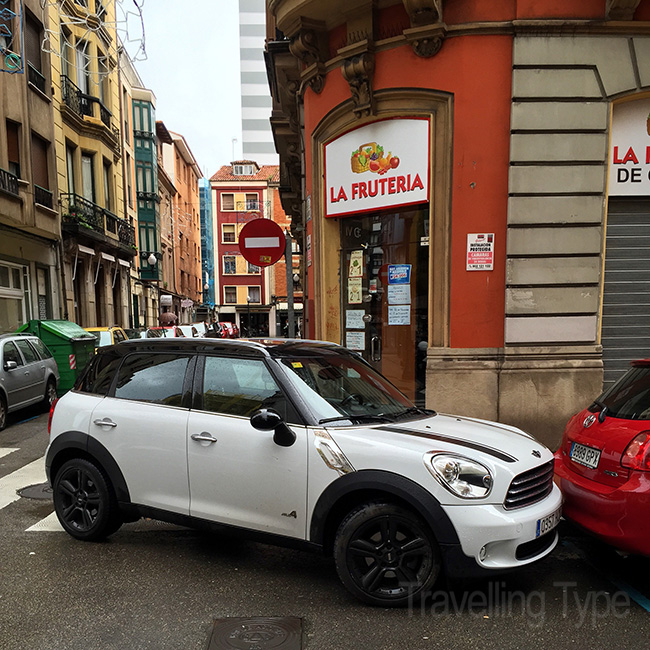
The Honky Tonk Rhythm and Beer Bar – if you’re a beer lover get down to this place. The bar staff know their stuff and provide some super tasty brews. There’s also cool music and interesting old photos.
Have you ever visited Gijón or anywhere else in Asturias?
Great post, Andy! We only spent one day in Gijón while we were living in Oviedo, and I definitely had the sense of it being drab. We had a good time there, but we were only there for an evening as we spent most of our time in the smaller towns of Asturias.
Funny thing is – and people from both places will probably hate me for saying this – I felt a lot like Gijón was the Asturian version of Cádiz, and vice versa. I got the same vibe from both places and didn’t fall in love with either one. I need to give them both more time for a proper experience, though.
Cheers Ryan!
I was in love with Oviedo when I lived there for a month. I had a job in Gijón, so it slowly worked its charm on me. People at work and my partner couldn’t believe I liked Oviedo more, then I saw what they meant.
I wasn’t particularly taken with Cádiz either, but I thought it had something about it – mysterious and charming in a slightly seedy way. Then again I was only there for one day. It’s funny how we view places at first isn’t it?
Thanks for stopping by.
I told Ang that I could easily live in Oviedo or Asturias in general if the weather were warmer. It was “cold” by our standards most of the summer!
It is indeed funny how we see those places at first glance. Time can either change your opinion or just confirm your suspicions haha.
I reckon Gijón would change your mind! It is a bit cold in the winter though (at least for me), 5-10 degrees, brrrr.
Maybe! Although yeah, we hate the winter and cold weather. I really don’t think I could appreciate 5-10 and ocean winds. Nope!
This place looks great. Love the rock pool. I’ve been going to Tarifa almost every year and will have to put Gijon on my itinerary for my next visit to Spain in September.
You go to Spain every year! Wow, I’ll have to do that too Nina, and get myself down to Tarifa.
As a sea and Spain lover you will absolutely love Gijón. It’s like the Sydney towns of Newtown (before it was gentrified) and Manly combined with Spain. Although like any good place, it needs a bit of time to appreciate it.
Wow, Manly and Newtown in one – I’m moving there! The pictures reminded me a bit of San Sebastian. Also slightly rough around the edges but with a lot of soul.
It’s grittier than San Sebastian, which I enjoyed but thought was a little overrated. Maybe because it rained during the whole week I was there! I would even throw a hint of Newcastle (Australia) into the mix.